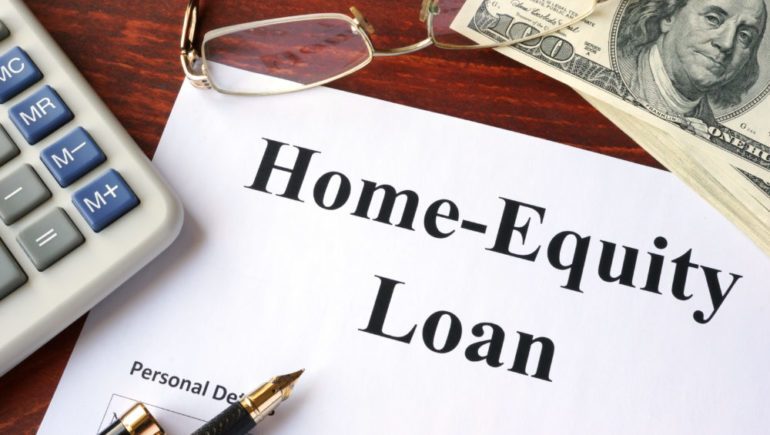The equity in your home is an untapped resource for financing such things as remodeling projects or a child’s college education. Is it wise to take a home equity loan or a line of credit, and how do they work?
The equity in your home — the value of your home minus what you owe — is not liquid. It can only be used by borrowing against the house via a formal agreement with a bank or other lending institution. Most financial planners advise homeowners to use a home’s equity only for investing back into the house but borrowers may use the money as they wish. Financial advisers strongly discourage using the money for short-term expenses and certainly not for consumer spending such as vacations or depreciating assets like boats, vehicles or electronics.
General terms. State laws restrict borrowing. Your state, for example, may allow you to borrow an amount equal to 80 percent of the current appraised value of the house, minus what you owe on it. Assume, for illustration, the house appraises today at $200,000 and you owe $110,000 on it. You would have $50,000 available to you, since 80 percent of $200,000 equals $160,000 minus the $110,000 owed.
These lending standards would apply to either a home equity loan or line of credit. With both products a second lien is placed on the property. Essentially the lender is advancing the money tied up in your home, collateralized by the house. This means the lender can foreclose for default. Both types will have a loan application and closing process similar to a first mortgage. The interest paid on both types is tax deductible.
A line of credit. A home equity line of credit secures you the dollar amount available for use. You do not have to borrow the entire amount. For example you may have $50,000 available to you and only tap into $24,000 for a kitchen makeover. You will have a limited amount of time to use the balance, known as the draw period. As you pay back principal on a home equity line of credit, the amount repaid becomes available again.
The interest rate on a line of credit usually is variable, such as the prime lending rate plus two percentage points, fluctuating while money is owed. This can be a problem when rates rise. You may have the option of making interest only payments.
An equity loan. With a home equity loan, the equity is drawn out of your home in a lump sum, rather than drawing it out piecemeal as needed.
Terms vary by state lending laws. Each state has its own laws dictating what can be offered to consumers. Check with lenders in your area for specifics.


